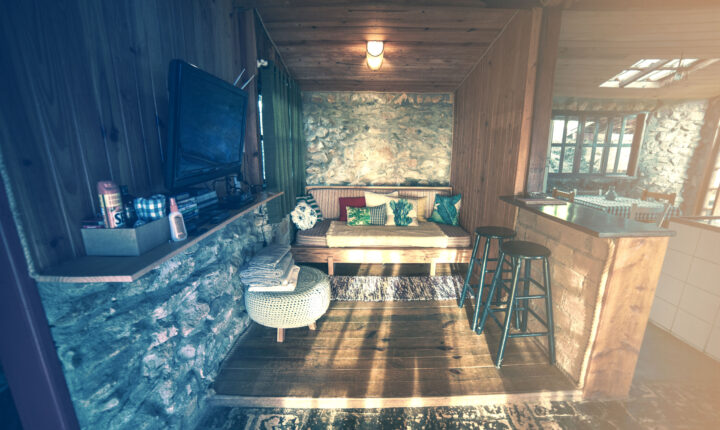Just the PeaksThis newsletter at a glance
|
People are embracing ADUs for their flexibility, affordability, and profitability
Everest breaks down everything you need to know about accessory dwelling units

Have you heard of an accessory dwelling unit?
Up until a few years ago, the term was only known to architects. Now, homeowners use the acronym ‘ADU’ to refer to any fully functional, independent living space located on the same lot as a single-family home.
Property owners often use the accessory dwelling unit as an office, pool house, hangout space, or as a leased apartment for rental income. Pretty much any space can be converted into an ADU, but in order to legally qualify as a rental, it must have a dedicated bathroom and kitchen in addition to the main living/sleeping space.
‘This isn’t your grandpa’s garage!’
In the current housing crisis, many renters have been desperate to find a unit—let alone an affordable one. Metropolitan neighborhoods are finally catching on to the benefits of ADUs and how they might help us overcome the lack of inventory.
According to a Zillow survey, 77% of residential homeowners were in support of allowing “backyard cottages, duplexes and triplexes” in the neighborhood. 84% of renters also favored modest densification options. This includes new construction of accessory dwelling units as well as conversion of existing unused structures.
So, what areas of a property might be used for an ADU?
Here’s a small sampling of the kinds of internal, attached, and detached housing concepts savvy homeowners have dreamed up:
-
Backyard cottages made from pool houses, storage sheds, campers, and shipping containers

-
Basement dwellings complete with kitchens, bathrooms, bedrooms, living spaces, and separate entrances

-
Garage apartments both attached and detached, converted garages, and 2nd floor apartments

-
Upper level rentals such as converted attics or use of 2nd or 3rd floor as separate rental space

Small house, big possibilities
Whether you call it an in-law suite, carriage house, secondary dwelling, bungalow, or mini apartment, we can agree: ADUs are all-around advantageous.
Let’s explore the many uses for your accessory dwelling unit and how it could be a highly lucrative investment opportunity (and a fun reno project!).
3 Ways to Make Money with an ADU
House extended family

Parents getting up there in age? Have a college student home for the summer? Instead of spending money on a separate rental property, family members can move in for free. ADUs are perfectly sized for young people just starting out or seniors downsizing after retirement. In addition to saving housing costs, you’ll save on property taxes and utilities including electricity, water, trash removal, and Wi-Fi.
Generate rental income

Assuming your dwelling is equipped with all the typical apartment amenities, consider renting to tenants. Bringing in extra money each month can help with your mortgage, and you won’t have to hire a property manager! With your renters living onsite, it’s easier to maintain landscaping, troubleshoot problems, and keep an eye on your investment. Be sure to consult your local landlord-tenant and ADU-specific laws for property eligibility.
Work from home

The work-from-home movement is what caused ADUs to explode after the onset of the pandemic. Countless quarantined families converted their backyard structures, garages, and basements into home offices and learning spaces. If you work remotely or run a small business, accessory dwelling units offer so many practical benefits. No more commuting and no more leasing! It’s a great idea for professionals as well as retailers.
Everest says: there’s always room for home improvement




